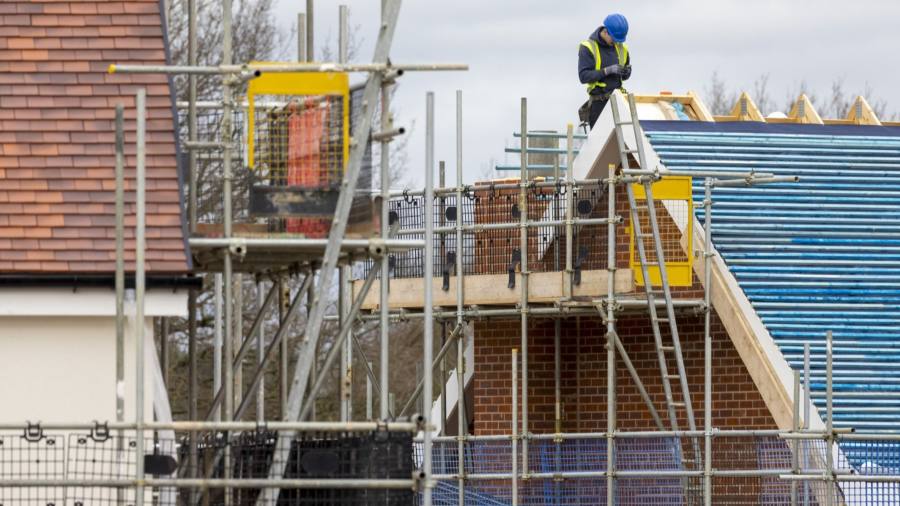
UK housing developers have criticised “new taxes, levies, regulations and policies” that they say will increase costs and discourage development, hitting affordable housing in deprived regions hardest.
In a report published this week, the Home Builders Federation highlighted 12 changes to taxes and regulations in the three years from April this year, which it estimates will add £4.5bn to developer costs each year, or more than £20,000 per new home.
The biggest single cost cited by the HBF comes from the Future Homes Standard, set to come into force in 2025. This requires that new homes have low carbon heating and are highly energy efficient and could cost £1.9bn a year, according to the HBF.
The industry association also noted that developers already face estimated additional costs of more than £5,000 per home to meet stricter regulations on energy efficiency brought in this year, plus a recently introduced levy to raise funds to replace potentially flammable cladding following the Grenfell disaster.
Tougher environmental rules to try to protect biodiversity and reduce pollution caused by development have also added costs.
The HBF said it supports all of the measures “in concept” but that too little had been done to understand “the impacts that could be felt as a result, either for the speed and volume of housing supply or for the ongoing investment in public infrastructure and affordable housing”.
The costs of meeting the regulations are similar across the country, the HBF said, adding that developers are likely to try to offset them by paying less for land or cutting their contributions to affordable housing and infrastructure, which are negotiated with the local authorities where they are building.
Because there are significant regional differences in land values, the extra costs could hit development in Northern England and the Midlands hardest, it said.
The dozen taxes and regulations are being phased in as cracks appear in the UK housing market.
Annual housing delivery has risen over the past decade, boosted by the government’s Help to Buy subsidy scheme and reforms to the planning system that have put more pressure on local authorities to permit development.
But the Help to Buy scheme is winding down and developers are already putting the brakes on construction in response to rising interest rates, costs and mortgage rates, which are widely expected to tip the housing market into a downturn.
Shares in UK housebuilders have halved in the year to date, with investors pricing in slower development and higher costs.
The slowdown is likely to worsen the UK’s chronic housing shortage.
Annual building peaked in 2019-20, when 219,120 homes were completed, according to official figures, but fell last year and looks likely to do so again. The government’s target to address the shortage is 300,000 new homes a year.
Over the past three months, the number of residential development projects starting on site fell by a third compared with the previous three months, according to data provider Glenigan.
Glenigan said there was little sign of respite, with “high materials and energy costs, economic and political chaos and ratcheting building regulations keeping the market depressed for the foreseeable future”.